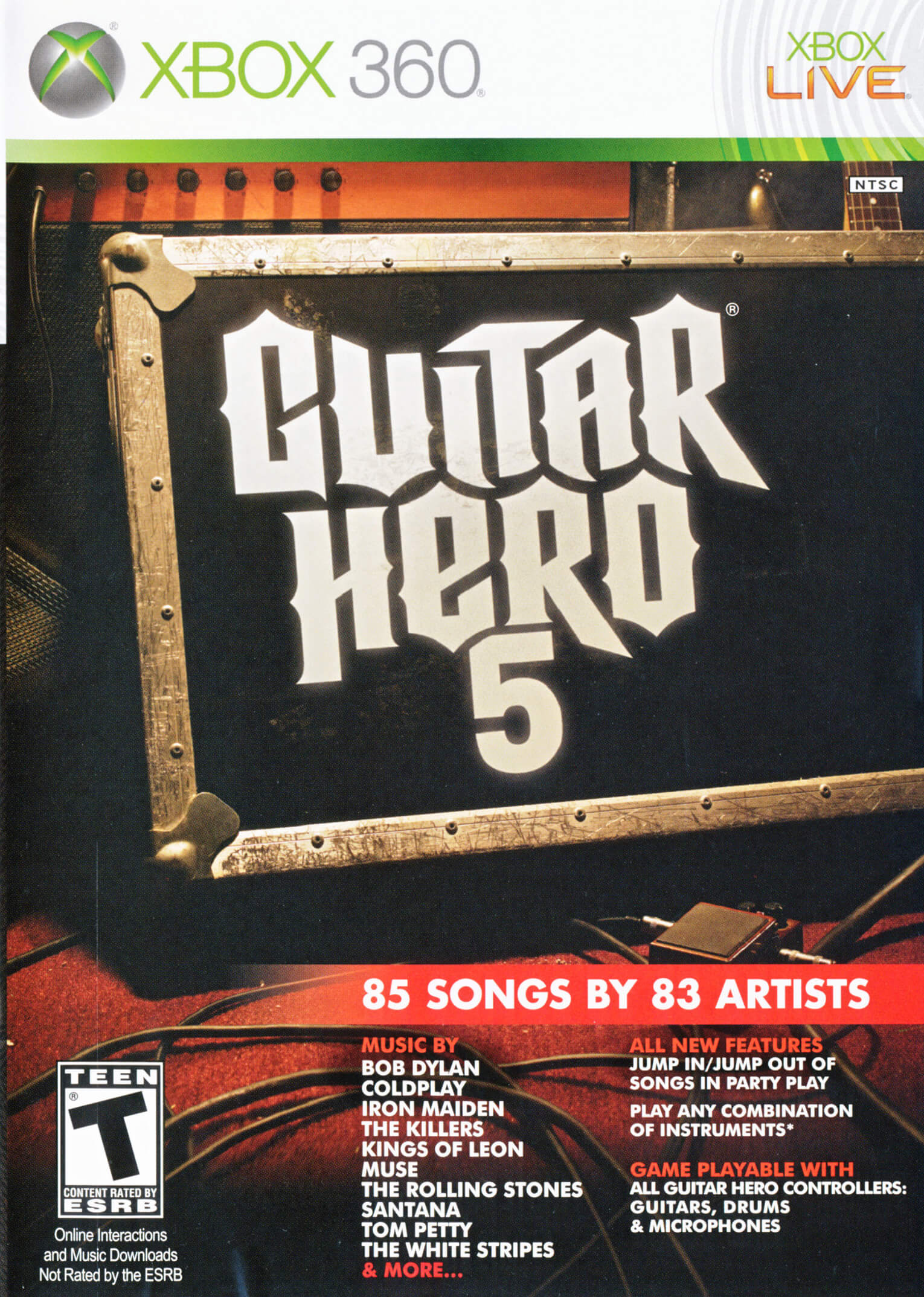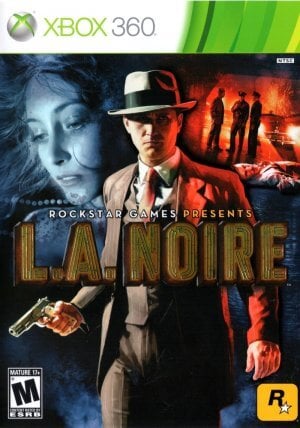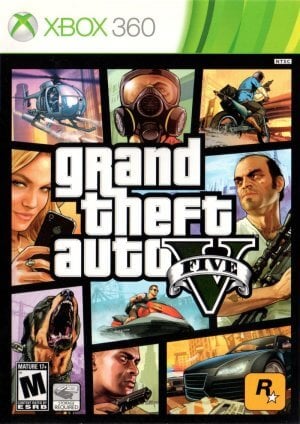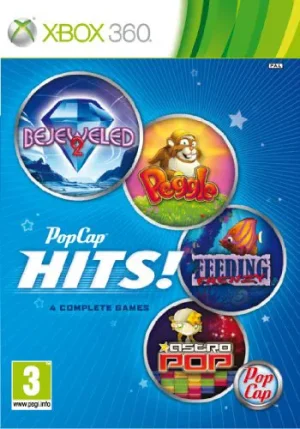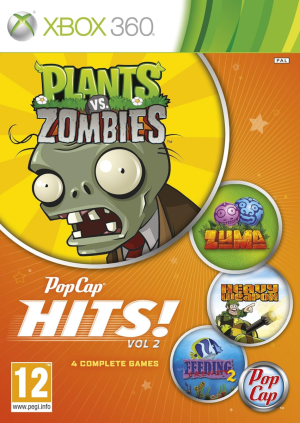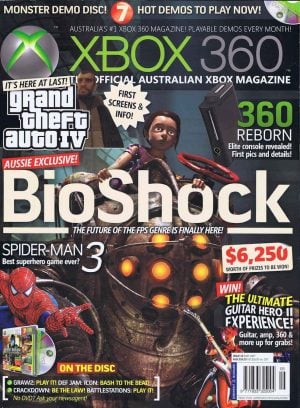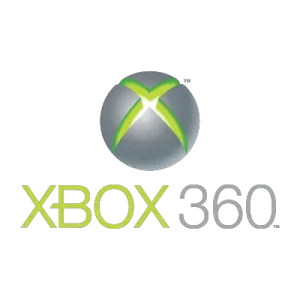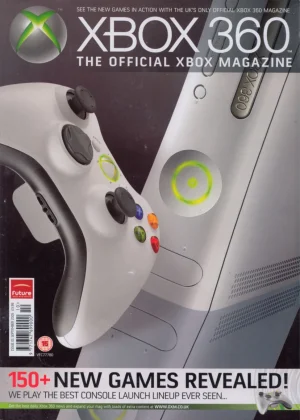The fifth main game in the musical rhythm series is Guitar Hero 5. The emphasis is on a band experience, similar to the previous release, Guitar Hero: World Tour, with a lead and bass guitar, drums, and vocals. The title is available separately or in conjunction with the instruments.
In addition to a new soundtrack featuring 85 songs, several animated lead singers are now modeled after legendary musicians such as Johnny Cash, Carlos Santana, Shirley Manson, Kurt Cobain, and Matthew Bellamy. Players can still create their music in the integrated studio, and the game mainly relies on downloading material in the form of tracks and whole albums. Some songs from Guitar Hero: World Tour, Guitar Hero Smash Hits, and Band Hero can be imported for a modest cost per song.
In the Band Lobby, players can form a band with local and remote players, play Career mode, or choose Quickplay. The majority of the competitive multiplayer modes from previous versions have been carried over, along with two new ones: Party Play (random song selection with the option to join and leave at any time using any instrument) and RockFest, a band mode for up to four (local) or up to eight (online) players with a variety of submodels. The songs are broken into smaller sections, and the players are awarded based on several circumstances for each piece.
Drop-in/drop-out play, which allows you to join in the middle of a song or stop playing without interrupting gameplay, is one of the general new elements brought to the gameplay. In the Career mode, there is now a new Challenges section.
The game versions are similar, except the PS2 version, which excludes online gaming modes and downloadable material, as well as drop-in/drop-out play and song challenges. It is also limited to two instruments and does not support multitap. The Wii version is substantially similar to the central console versions, with downloadable content on SD cards, multiplayer via the global Wii address book, and the previous game’s Mii Freestyle option. It also allows interaction with the Nintendo DS to edit films and access the Roadie Battle mode, similar to the primary battle mode of Guitar Hero III. It involves players completing mini-games on the Nintendo DS to sabotage the players on the console.

